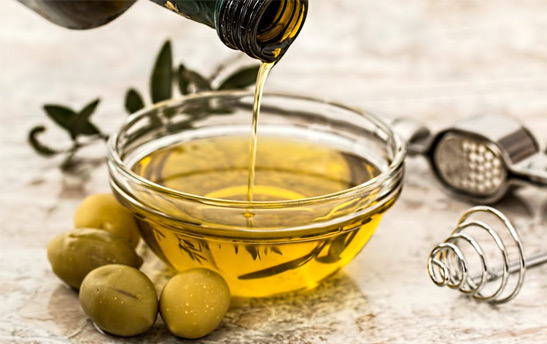
Spain produces over half of the world’s olive oil, with 76% of the national production deriving from Andalucía.
This may not sound like a particularly astounding statistic, but when you stop to think about the gastronomical, economic and socio-cultural significance of olive oil as a product, you realise the extent of Andalucía’s contribution to various facets of life in Spain…
Think about it. On the most basic – culinary – level, olive oil is a key ingredient in most tapas dishes and anything you would label a Spanish national delicacy. Spanish omellette, gazpacho, croquettes, paella, Galician-style octopus (pulpo a la gallega), etc… all have one common denominator: olive oil.
Without it, we’d be forced to use sunflower oil in our cooking. And that, for Spaniards at least, is simply unthinkable.
In terms of cultural significance, it is fair to say that the olive tree and its fruit have accompanied the history of humanity. During the Roman Empire era, olives were so highly regarded that they were even used as currency, and since then they have been an ever-present symbol of Mediterranean life, culture and agricultural fertility.
Just recently, a phenomenon known as “olive oil tourism” has emerged, allowing people to go on olive oil routes, visit oil presses and participate in tastings in areas of high production, such as Úbeda and Baeza in Andalucía’s Jaén province. This is yet another example of both the evolution and the commercial appeal of the olive oil market.
After all, Mediterranean Europe’s olive oil production industry was estimated to be worth seven billion euros last year and its plantations were spread over approximately five million hectares.
Andalucía alone dedicates more than 1.5 million hectares to olive growing and, in the last harvest, exported almost three billion euros worth of the “liquid gold of the Mediterranean”, which equates to over 950,000 tonnes.
The biggest contributor to this enormous volume of production was Jaén province (with 40.9% of the Andalucian total production), followed by Córdoba, Sevilla and Granada. Between these four provinces, 90% of Andalucía’s olive oil production was accounted for, while Málaga produced 75,500 tonnes of the stuff.
 en
en



 Vlaams-Nederlands
Vlaams-Nederlands
1 Comment
Leave a Comment
DISCLAIMER
The opinions and comments expressed by contributors to this Blog are theirs alone and do not necessarily reflect the views of VIVA Homes Under the Sun Ltd, any of its associated companies, or employees; nor is VIVA to be held responsible or accountable for the accuracy of any of the information supplied.
Sylvia SimJuly 1, 2018 at 4:26 pm
Wonderful. One of the many reasons I love Andalucía.
Have you got something to say?